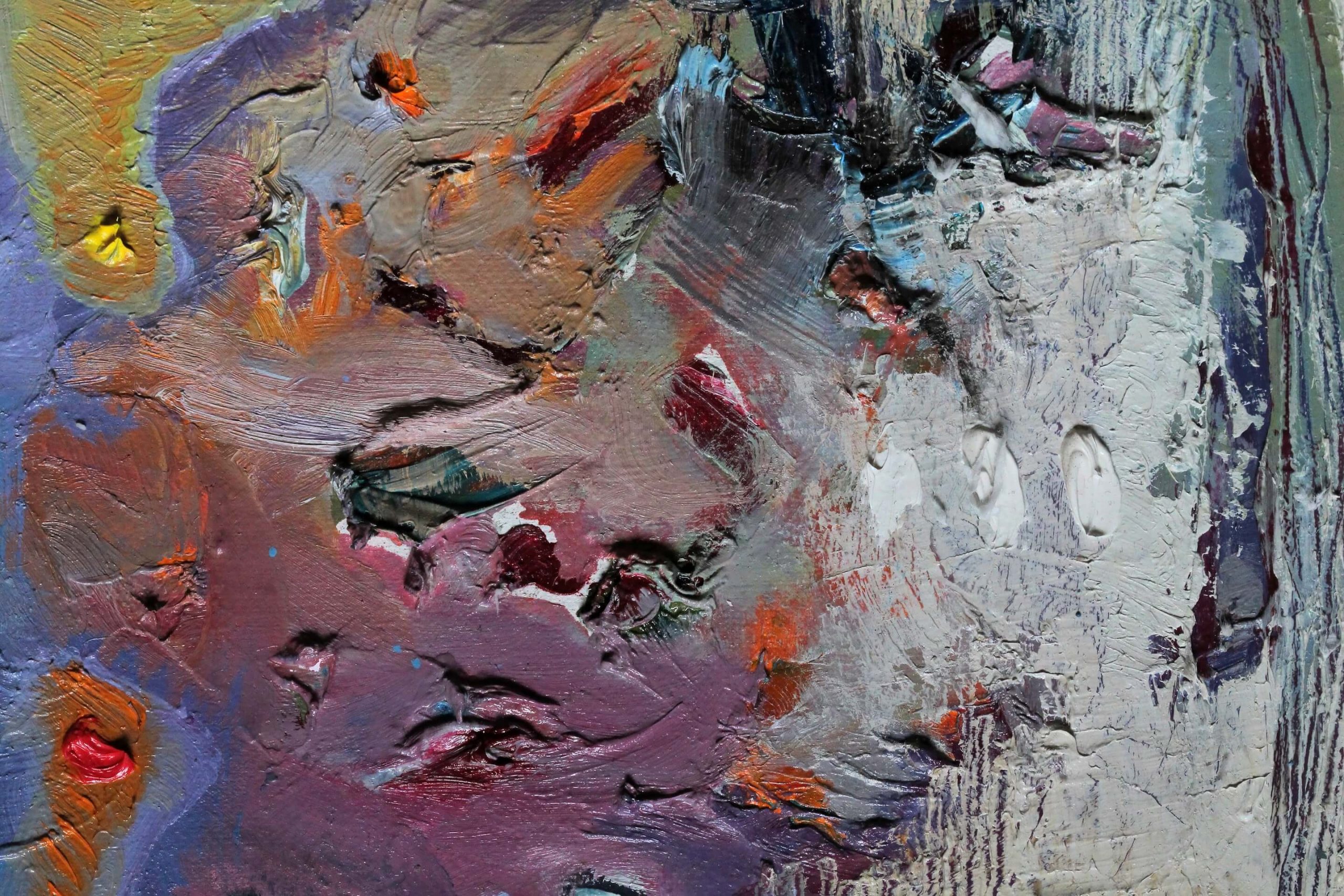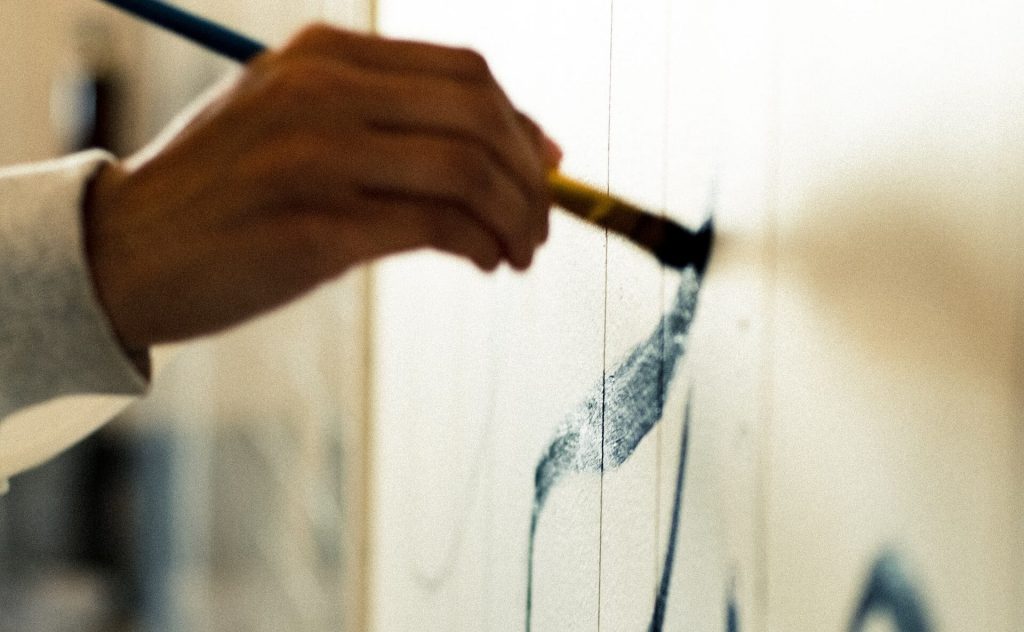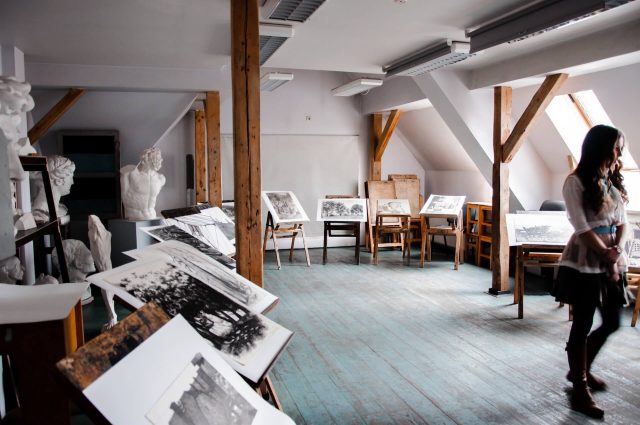In a world characterized by the relentless pace of daily life and the omnipresent pressures that often lead to stress and anxiety, there exists a profound avenue for healing and self-discovery: art therapy. This comprehensive article delves deeply into the world of art therapy, uncovering its transformative potential, its capacity for self-reflection, and its role in fostering profound personal growth.
A Canvas for Healing

Unlocking Emotions Through Art
Art therapy is far more than just a creative pursuit; it represents a therapeutic process that taps into the innate human capacity for self-expression. In situations where conventional forms of communication fall short, art emerges as a compelling medium through which individuals can unearth the emotions, fears, and joys that often lie dormant within their hearts and minds.
The Healing Power of the Creative Process
Consider standing before a blank canvas, a vivid spectrum of colors at your fingertips. With each gentle or bold brushstroke, you feel an emotional weight lifting from your shoulders. This is the essence of art therapy—an intricate dance of the creative process. It offers a safe and nurturing environment where individuals can channel their innermost thoughts and feelings into their artistic endeavors.
A Journey to Self-Discovery

The Mirror Within
Art therapy often serves as a transformative journey of self-discovery. Through the act of creation, individuals gain profound insights into their own psyche. They confront their deepest fears, desires, and unresolved conflicts. The canvas becomes a mirror reflecting their inner world, and, with the gentle guidance of a trained art therapist, they learn to decipher its intricate language.
Healing Trauma Through Art
One of the most powerful applications of art therapy is in the realm of trauma recovery. Trauma can insidiously embed itself, and its scars may persist for years, even a lifetime. Art therapy provides a unique means for survivors to navigate the treacherous waters of their traumatic experiences in a way that words alone cannot accomplish. By creating art, they externalize their pain, allowing them to embark on the path to healing with a profound sense of agency.
Nurturing Mental Health

Dealing with Depression and Anxiety
Depression and anxiety are often a shadowy presence that cast a long, relentless shadow over individuals, rendering them incapable of articulating their emotions. Art therapy emerges as a beacon of hope in these dark times. Through the process of creation, those grappling with these mental health challenges can find solace, give voice to their emotions, and gradually work towards finding the light within themselves.
Substance Abuse Recovery
Substance abuse can shatter lives, leaving individuals feeling broken and disconnected from themselves and the world around them. Art therapy serves as a bridge to recovery, enabling individuals to rebuild their sense of self and reconnect with their emotions. It is a journey of profound transformation, one brushstroke at a time, as individuals grapple with the complex emotions that often underlie addiction.
A Palette of Possibilities

Tailored to Your Needs
Art therapy is far from a one-size-fits-all approach; it is a highly adaptive form of therapy that can be tailored to meet each individual’s unique needs and preferences. Whether it’s painting, drawing, sculpting, writing, or engaging in dance and music, therapy sessions are meticulously customized to help the client achieve their therapeutic goals. The flexibility of art therapy is one of its greatest strengths, ensuring that each participant finds their own path to healing.
Professional Guidance
At the heart of the effectiveness of art therapy lies the expertise of a trained art therapist. These professionals possess the knowledge and skill to navigate the creative process alongside their clients. They provide a safe haven for exploration, offer profound insights into the interpretation of artwork, and collaboratively develop coping strategies tailored to each individual’s unique circumstances and therapeutic goals.
A Journey to Well-Being

Boosting Self-Esteem and Creativity
Art therapy extends its benefits beyond individuals with diagnosed mental health conditions. It is a gateway to overall well-being, boosting self-esteem, nurturing creativity, and igniting a passion for self-expression. Engaging in the creative process can be a joyful and transformative experience, regardless of one’s therapeutic needs. It encourages participants to embrace their inner artist, fostering a sense of accomplishment and self-worth.
Ethical Considerations in Art Therapy
The practice of art therapy adheres to stringent ethical standards that prioritize the well-being and autonomy of the participants. Confidentiality, respect, and safety are paramount. The therapeutic relationship is built upon a foundation of trust and collaboration, creating a supportive and respectful space for individuals to explore the depths of their inner worlds without judgment or fear.
Conclusion
Art therapy stands as a profound testament to the boundless human capacity for healing and self-expression. In a world where words often fall short, art emerges as its own language, transcending barriers and unlocking emotions with unparalleled depth. Whether it involves healing from trauma, managing mental health conditions, or simply embarking on a journey of self-discovery, art therapy offers a rich and multifaceted canvas for profound transformation.
With the guidance of skilled art therapists, individuals can delve into the depths of their emotions, find solace in the creative process, and ultimately discover the healing power of artistic expression. In the strokes of a paintbrush, the lyrical notes of a song, or the intricate sculpting of clay, they find not only their voice but also a path towards a brighter, more vibrant future, enriched by the endless possibilities that art therapy: healing through creative expression, has to offer.
